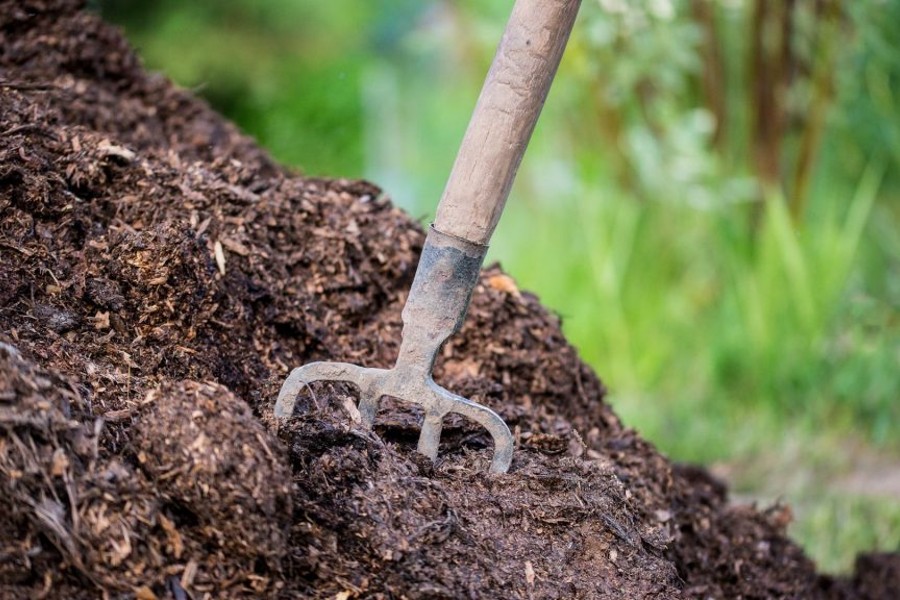
Unfortunately, wildlife infestation is just one of the realities that you have to contend with as a homeowner in the United States.
Chances are that, sooner or later, you’ll find yourself hosting some wild animal that you’d rather not share a house with. While any animal is a threat, smaller critters like rats, mice, squirrels and bats are more likely to be encountered. That’s because they require less nesting space, and can squeeze in through tighter spaces.
If you’re experiencing a bat infestation, you should ask a wildlife professional for help. In many areas of the U.S., bats are considered useful for the environment, and thus protected by law. Attempting to illegally remove them from your property could result in legal trouble for you, so leave it to a professional.
What is bat guano?
The term bat guano is used to refer to the accumulation of bat droppings, material that is not only unpleasant, but also actively dangerous. It’s not uncommon for residents to discover heavy accumulation of guano in their home (particularly in their attic). The reason for this is that bats are fairly low-key about their presence, and can often be there weeks, even months, before the people living within catch sight of them. During that time, the guano has not only had time to accumulate, but also to dry. And that’s where the problems start appearing.
The danger of bat guano
Bat guano left alone is pretty much fine. The problems arise when you try to clean it up. Once disturbed, the bat guano begins to rapidly disintegrate, releasing spores into the air. As is the case with all wild animal waste, bat guano is typically contaminated with a long list of serious disease-causing bacteria. Exposure to bat guano can mean infection with leptospirosis, salmonellosis, parasites, and histoplasmosis, among other things.
You usually catch histoplasmosis from bats by breathing in the toxic spores released by bat guano, while trying to remove it.
Note: if you’ve come into contact with a live or dead bat, or even just bat waste, it’s a good idea to monitor your health, and immediately seek medical care if you notice any unusual symptoms. Many of these diseases are serious and may even prove fatal, if left untreated, especially when combined with other health conditions, and a weak immune system.
The problem with bat guano, and why you should take it seriously, is that it’s very sly and difficult to avoid. Unlike other dangerous animal items, it doesn’t even need to come into direct contact with the eyes or mouth to infect you.
How to properly handle guano
Obviously, the most important step of wildlife removal (save for getting rid of the animal itself) is properly sanitizing the premises.You need to get rid of all signs of an animal infestation before you can go back to normal life, as even some shed fur can pose a risk. It’s paramount that you don’t put off cleaning duties, since the more you wait, the likelier it is you’ll become infected.
In cleaning up bat guano, you have two options: either you do it yourself, or you leave it to a professional wildlife removal company. Many wildlife removal teams also offer restoration and clean-up services, precisely because making sure you get every trace out is difficult. Experts know how to properly protect themselves, and also employ professional-grade cleaning equipment to get out any stain and trace of a bat infestation. As such, paying a professional to clean up guano for you is often the easiest solution. Particularly if you consider all the equipment, time, and physical effort clean-up will entail, this is by far the easiest, most hassle-free solution.
Alternatively, you could try getting rid of the guano yourself. If you’re opting for DIY guano removal, you need to prepare properly. You will need:
- Protective gear – mask to cover the nose and mouth, and prevent inhaling the spores; goggles to protect the eyes; rubber gloves; long sleeved apparel that you can then throw away;
- Strong chemical solutions to remove the guano accumulation, and disinfect;
- Sponges, cleaning rags, and other equipment.
Before you begin clean-up, spray water over the surface, to mitigate the dust rising in the air.
Become a Harlem Insider!
By submitting this form, you are consenting to receive marketing emails from: Harlem World Magazine, 2521 1/2 west 42nd street, Los Angeles, CA, 90008, https://www.harlemworldmagazine.com. You can revoke your consent to receive emails at any time by using the SafeUnsubscribe® link, found at the bottom of every email. Emails are serviced by Constant Contact







